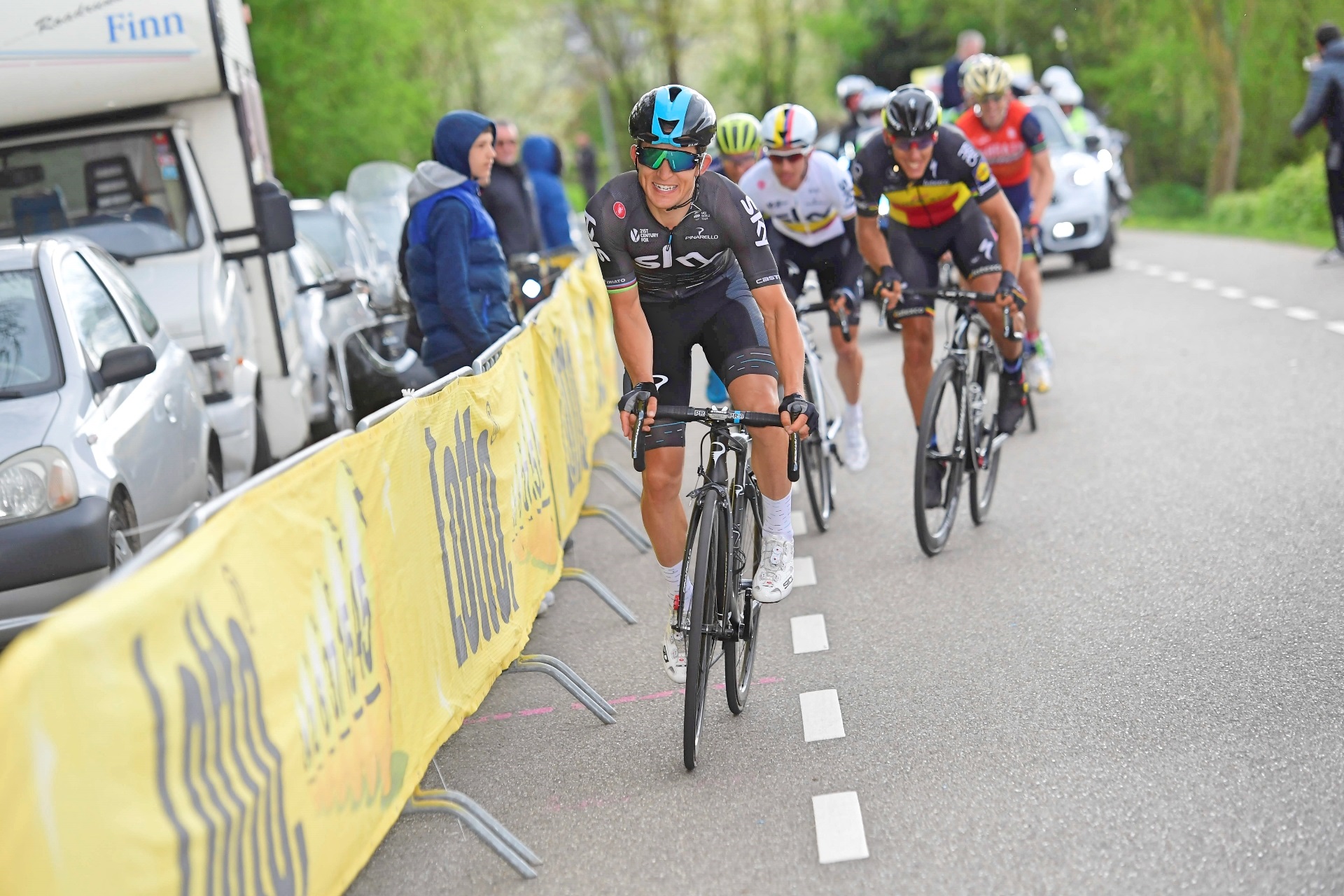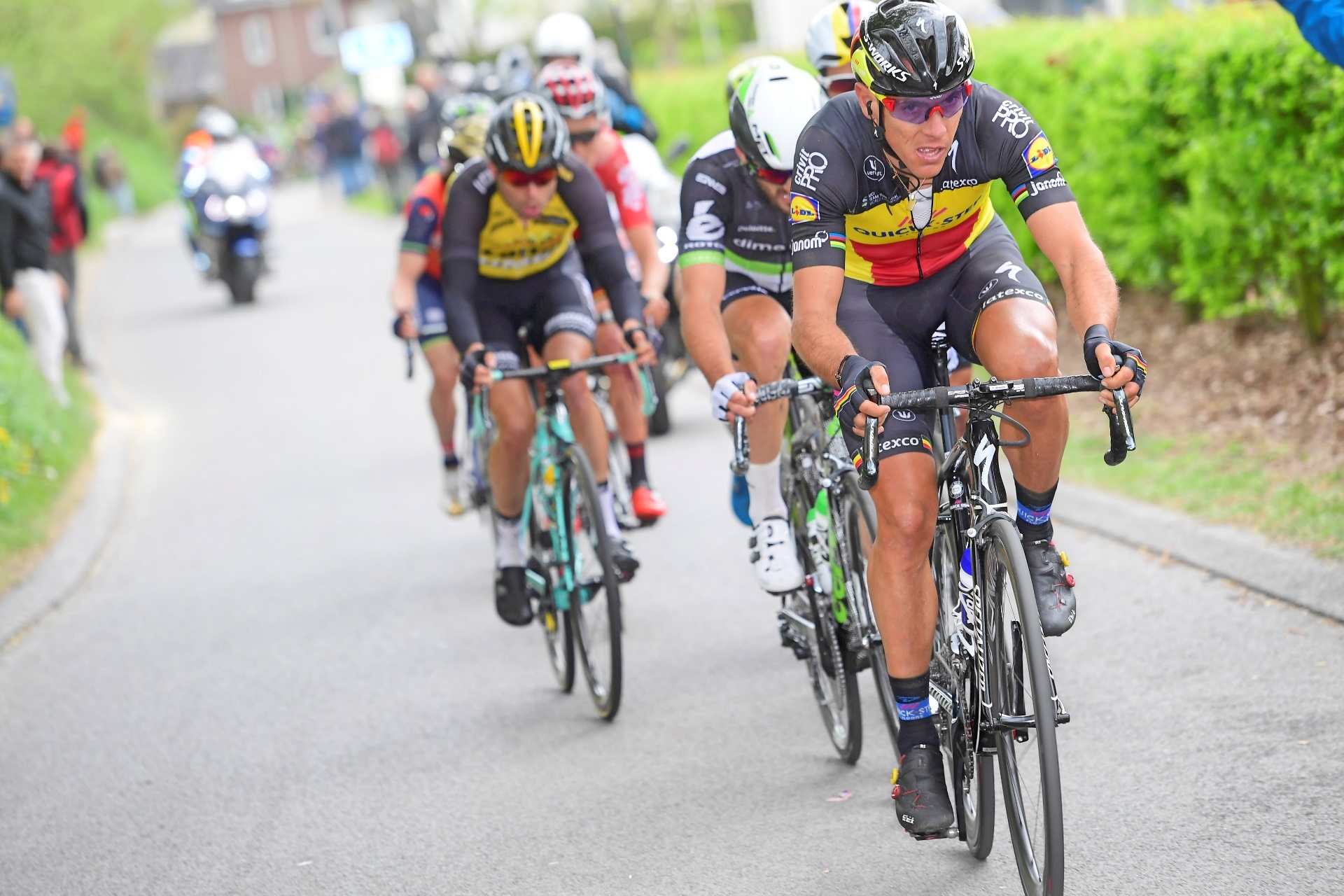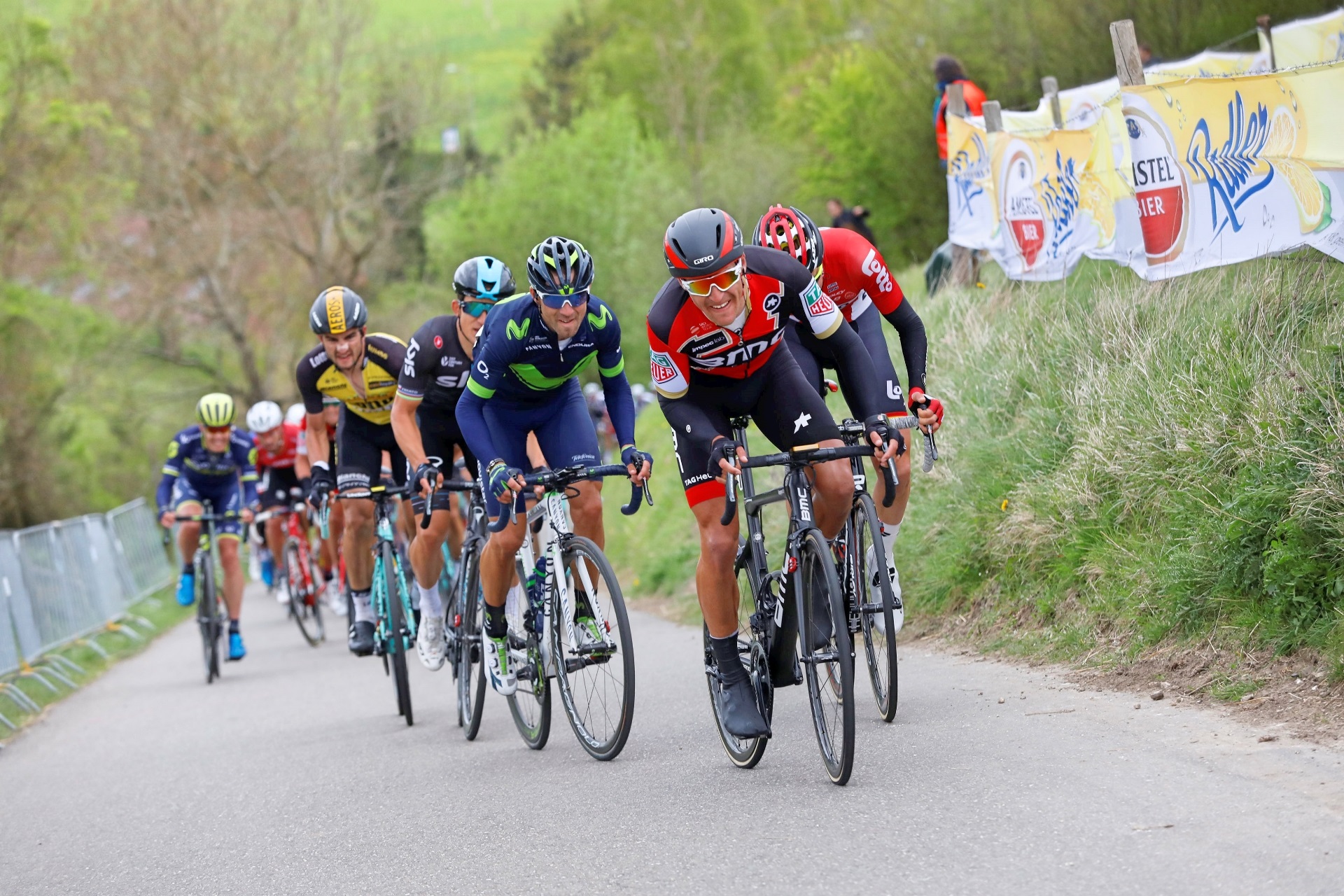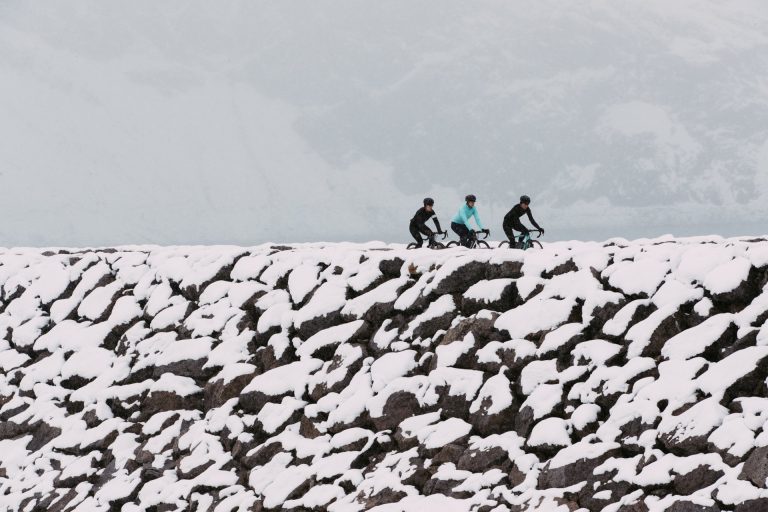The Classics season sees the world’s best cyclists swap the long, sun-kissed ascents of week-long stage races and Grand Tours for the short but steep climbs of the Tour of Flanders, Liege-Bastogne-Liege and more.
Semi-classics such as E3 Harelbeke and the Omloop Het Nieuwsblad have already packed in the Hellingen, before the Tour of Flanders – with this year’s race taking place on Easter Sunday, April 1, and boasting 18 cobbled climbs in all.
The iconic Muur is on the menu, as is the famous Koppenberg, while Oude Kwaremont and the Paterberg must be tackled multiple times.
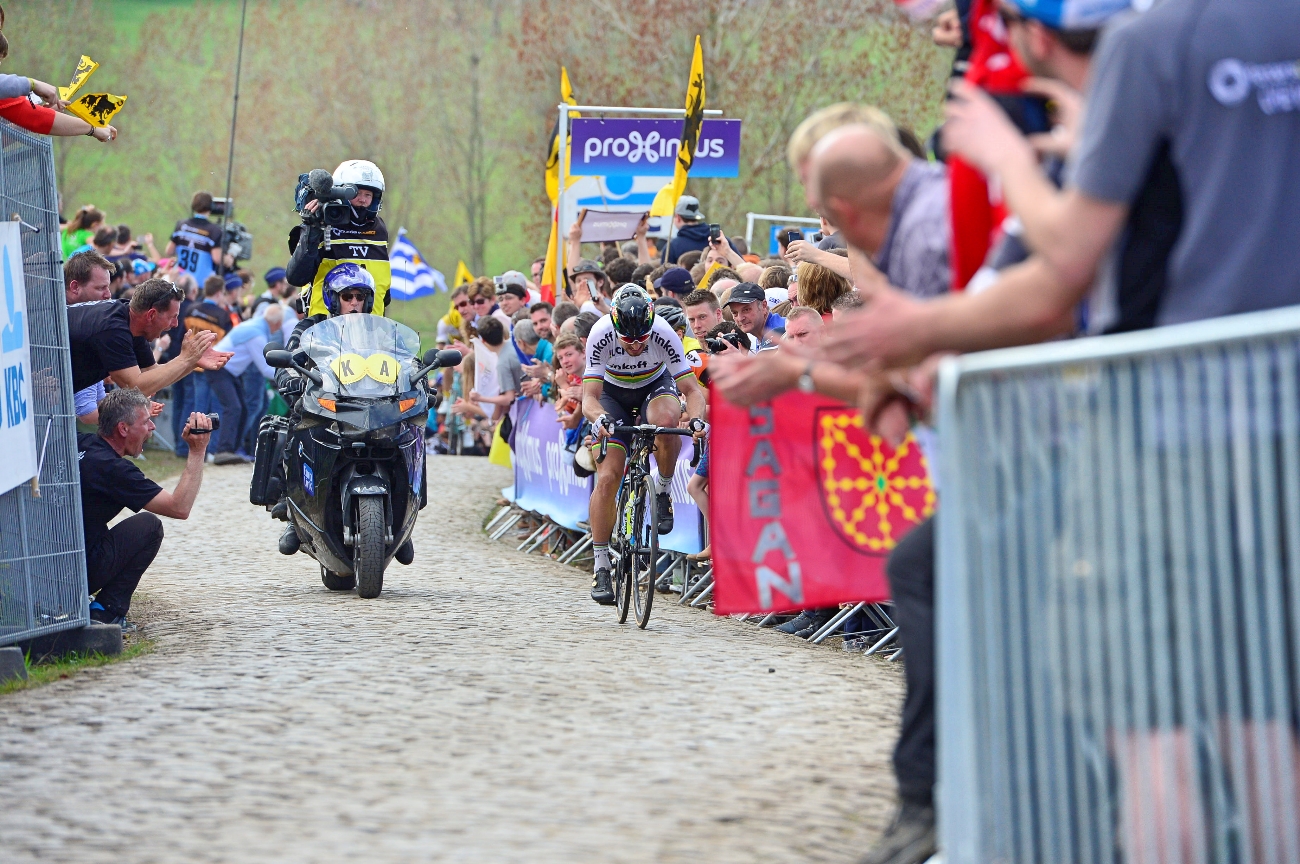
World champion Peter Sagan was victorious in 2016, while Philippe Gilbert – already a legend in the Ardennes Classics – added his name to the roll of honour last time out. Gilbert is a rider who thrives on the short, steep, punchy routes having also won La Fleche Wallonne, the Amstel Gold Race and Liege-Bastogne-Liege, as well as the hilly 2012 UCI World Championships.
Indeed, once the cobbled Classics are over, the Ardennes Classics arrive hot on their heels – all building up to Liege-Bastogne-Liege on Sunday April 22.
Like Belgium, the UK may lack mountain passes but has an abundance of short, sharp steep climbs. So how can you get them up faster? What skills and training are needed to dish out a Fabian Cancellara-esque acceleration to the Sunday morning chain gang when the road goes suddenly skywards?
We asked three coaches, Dan Bennett of Progressive Cycle Coaching, Tom Kirk of Custom Cycle Coaching, and Marc Laithwaite from the Association of British Cycle Coaches, for their tips on becoming a more effective power climber.

